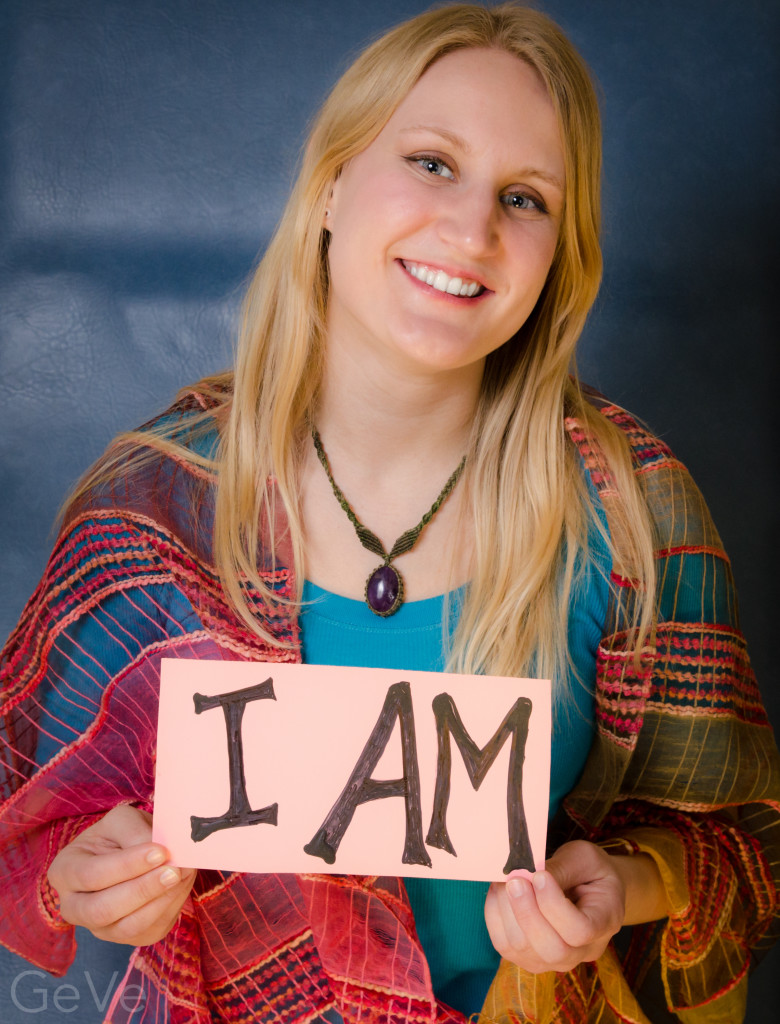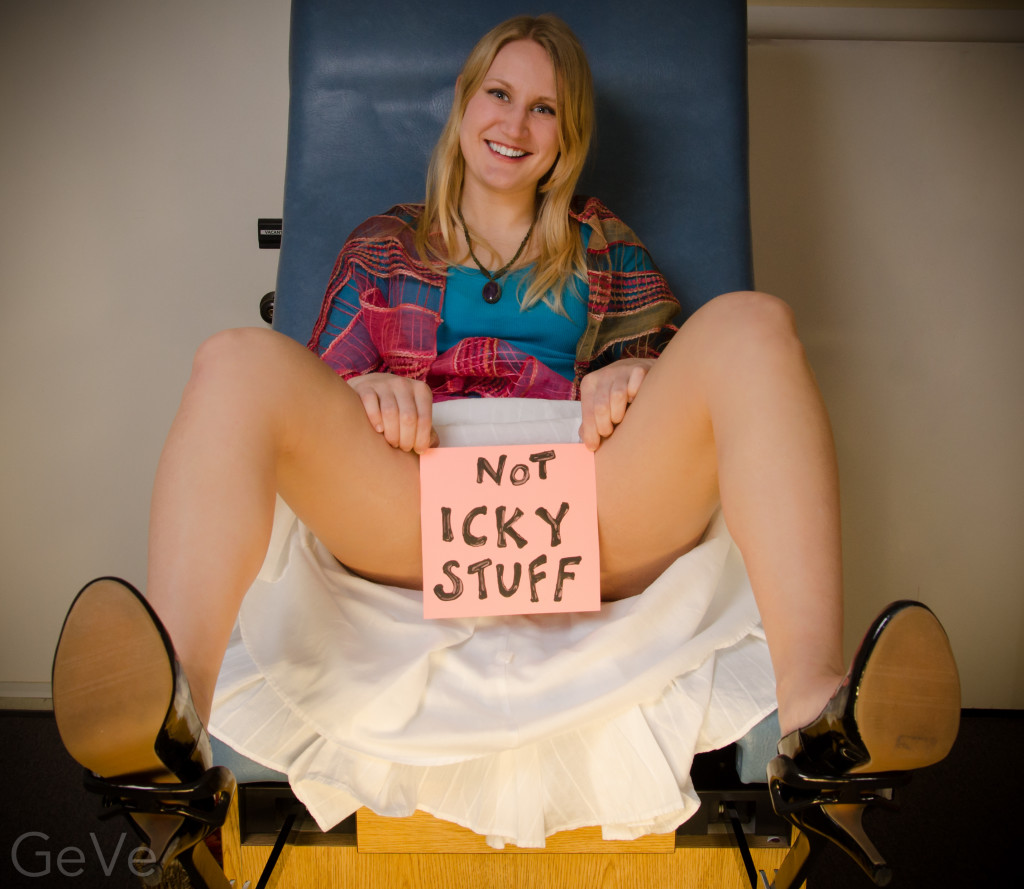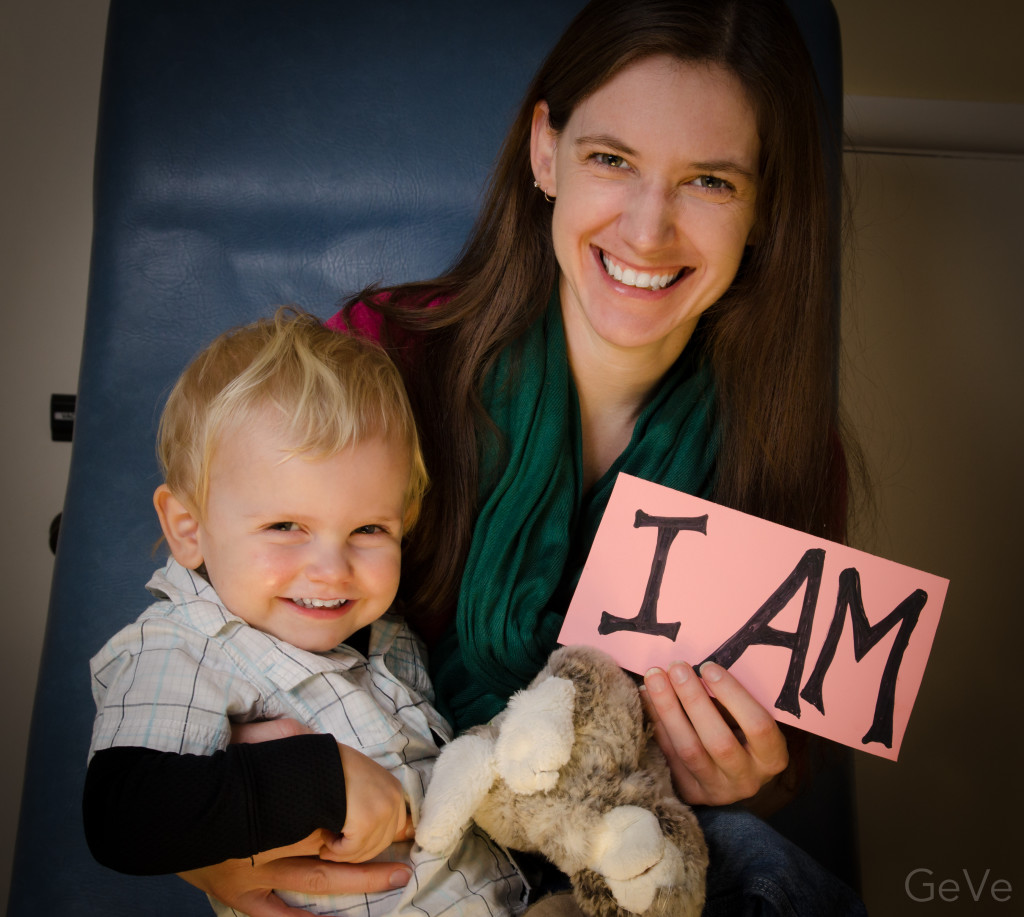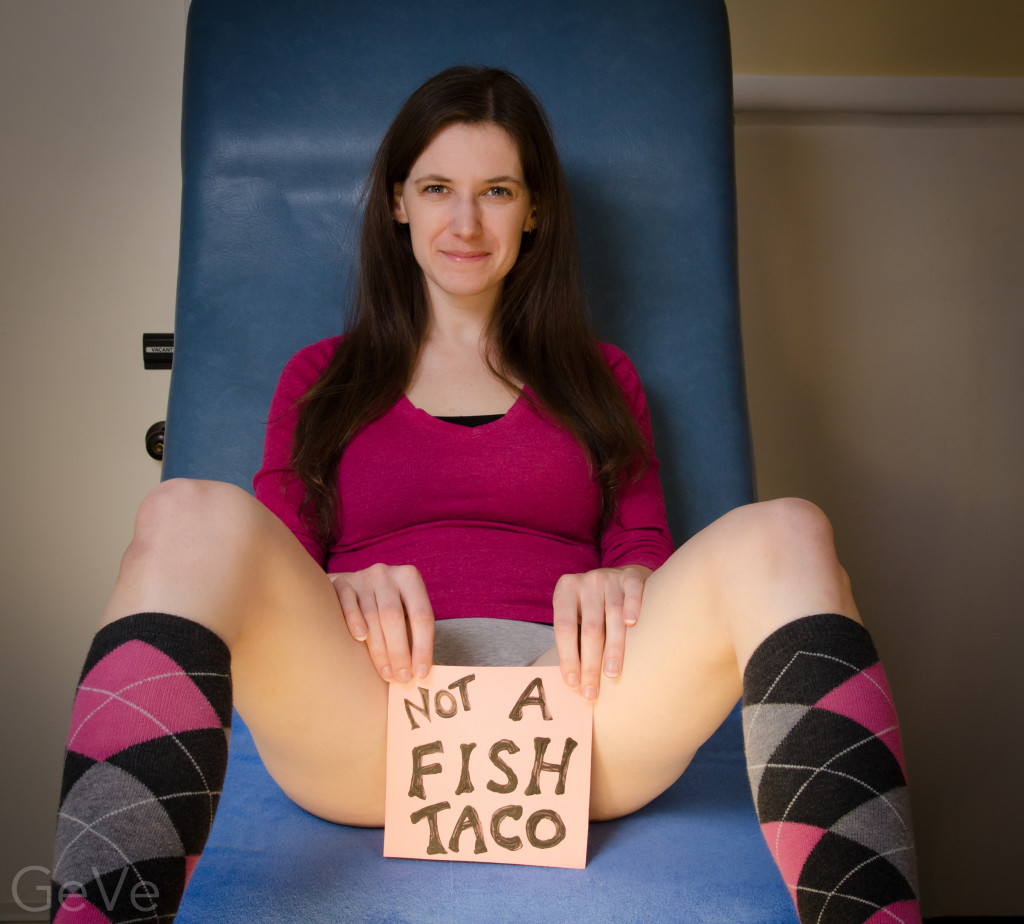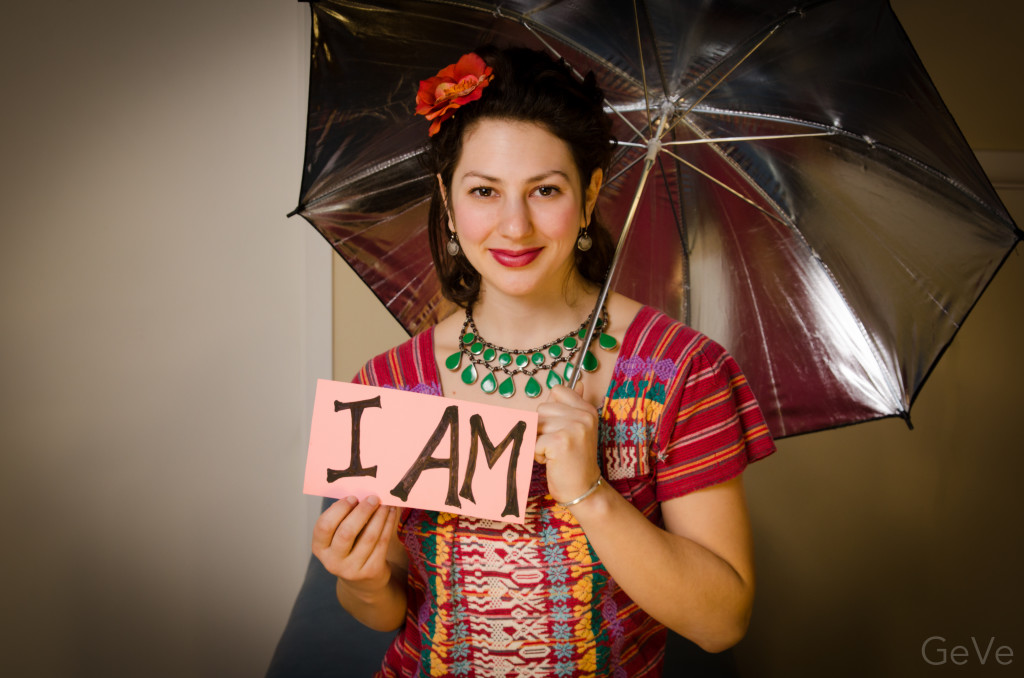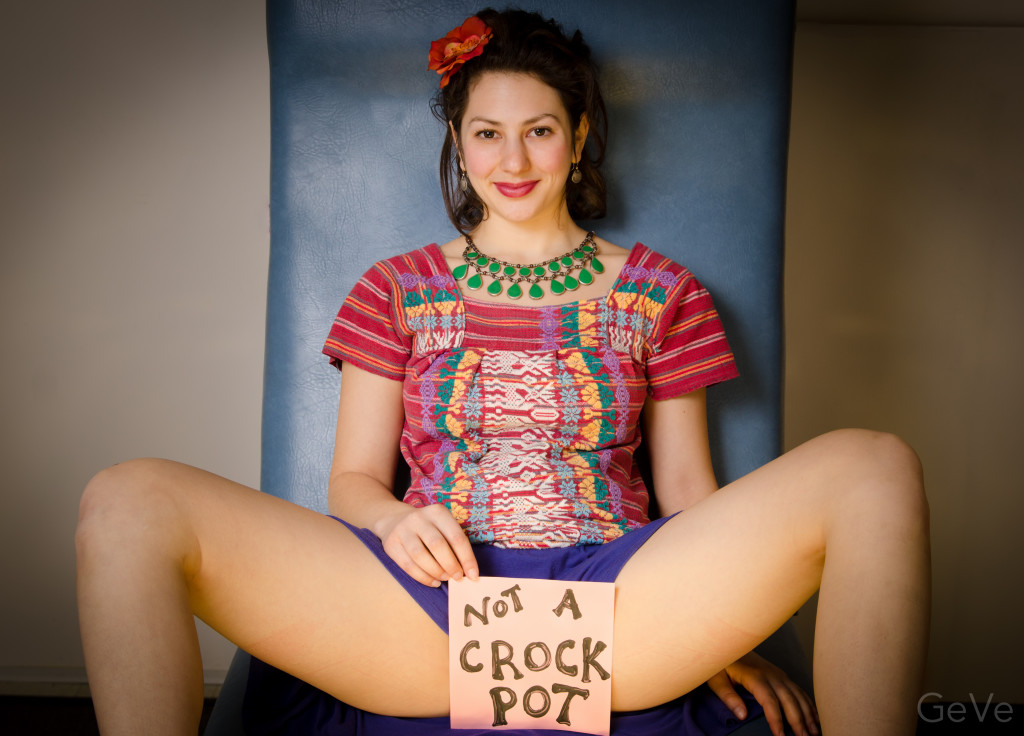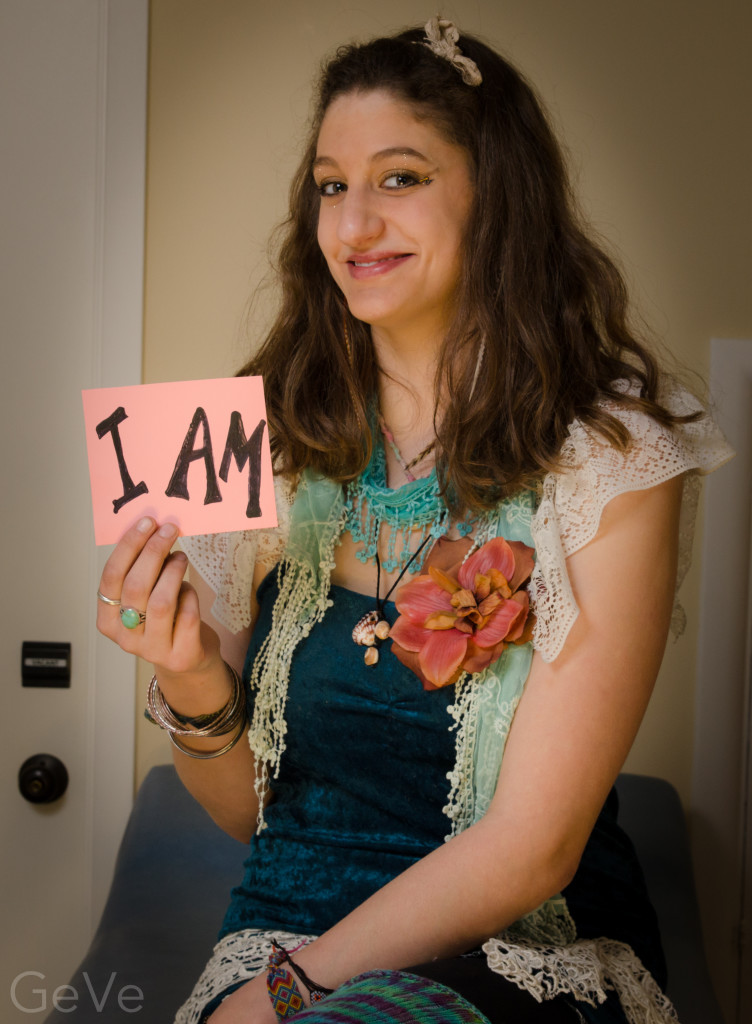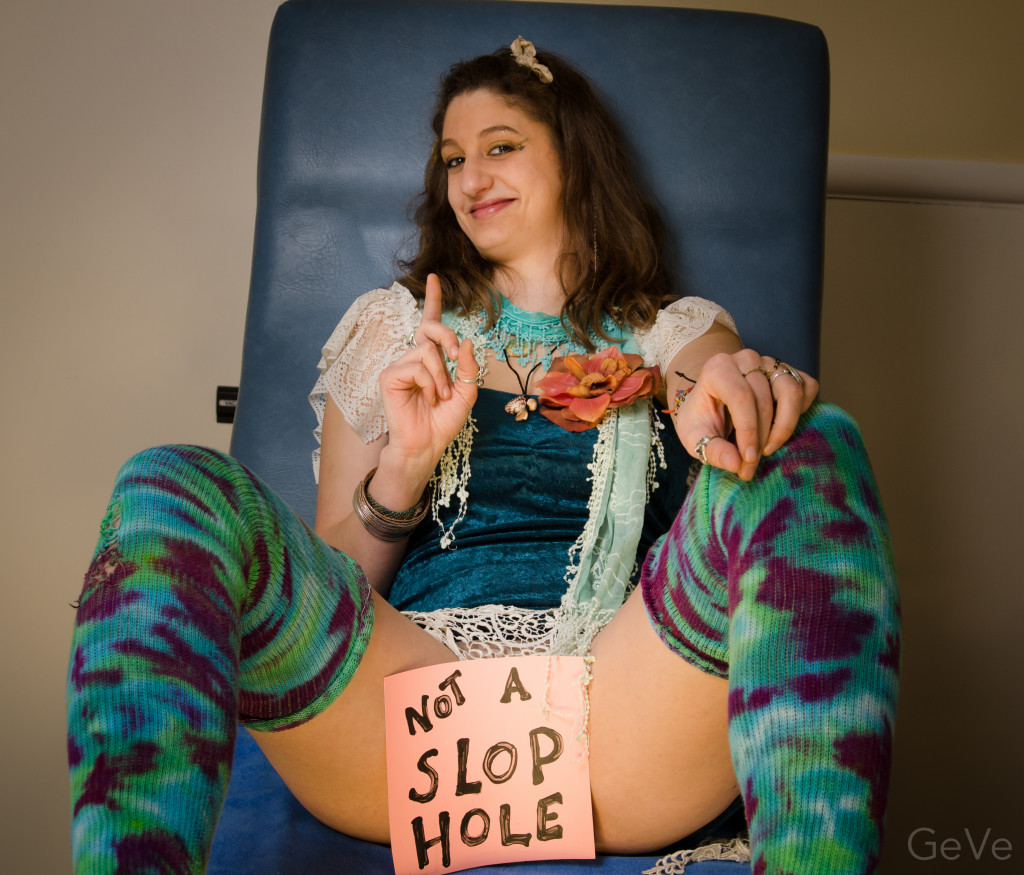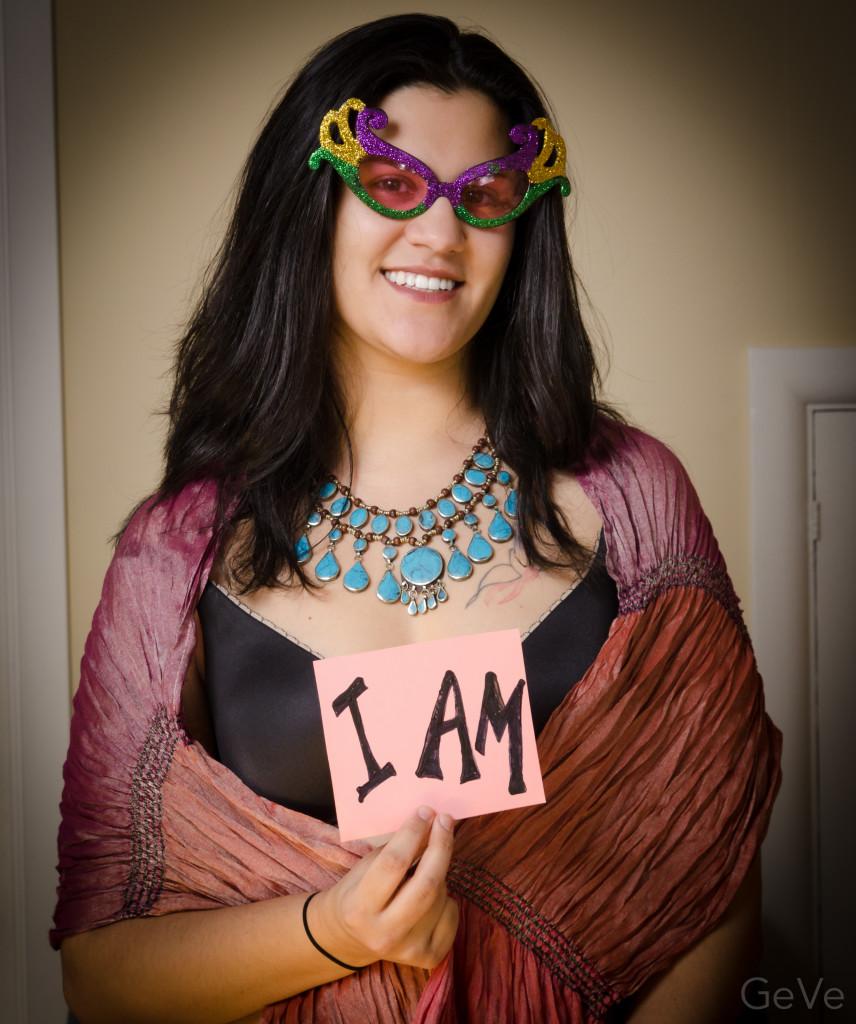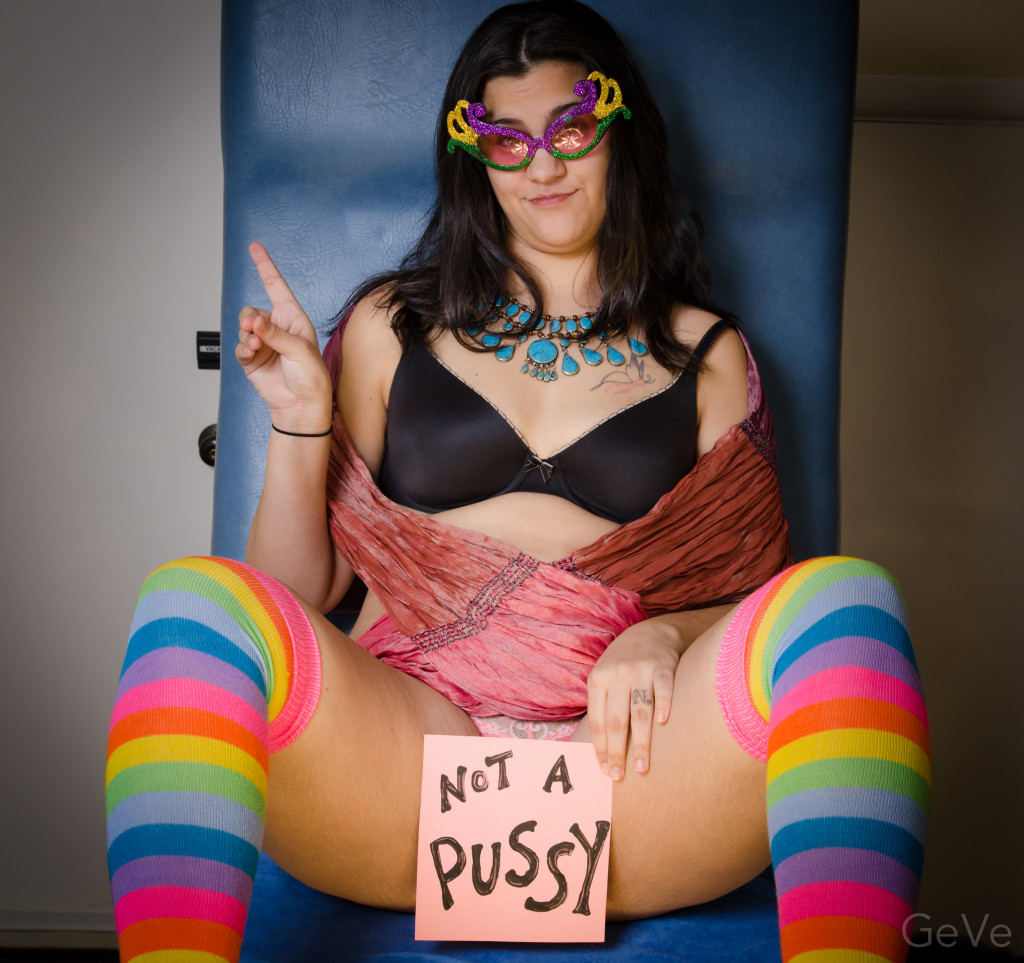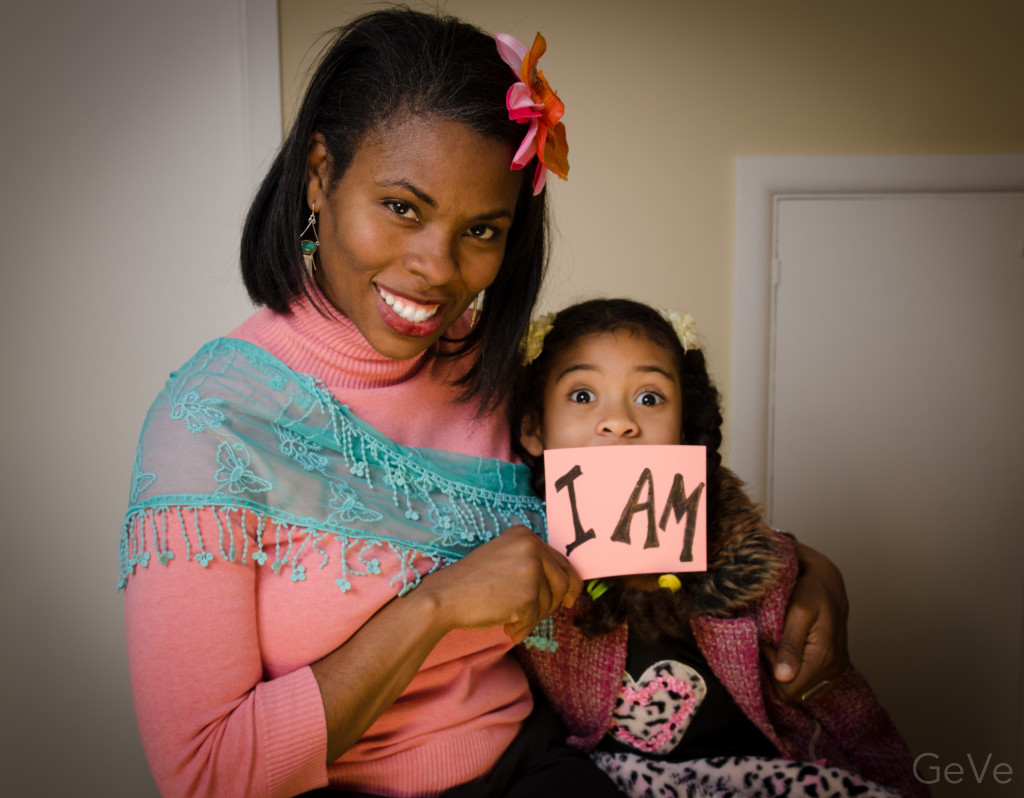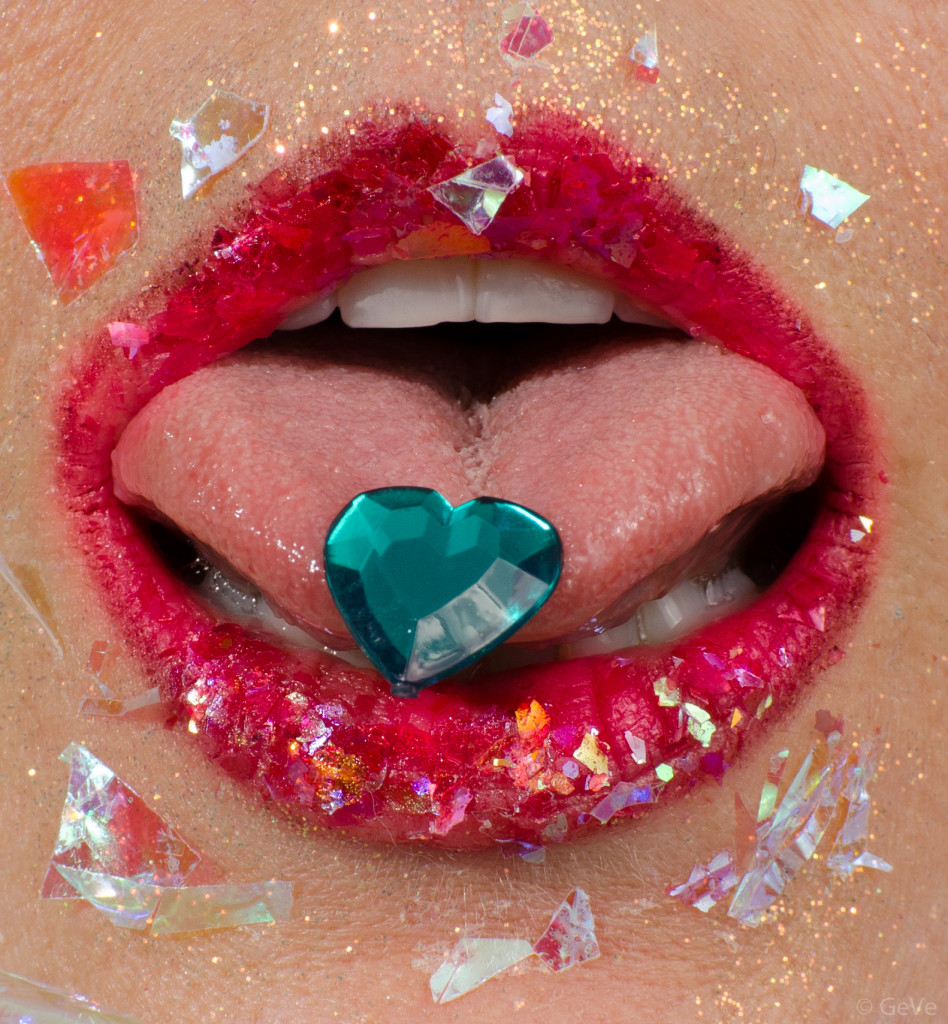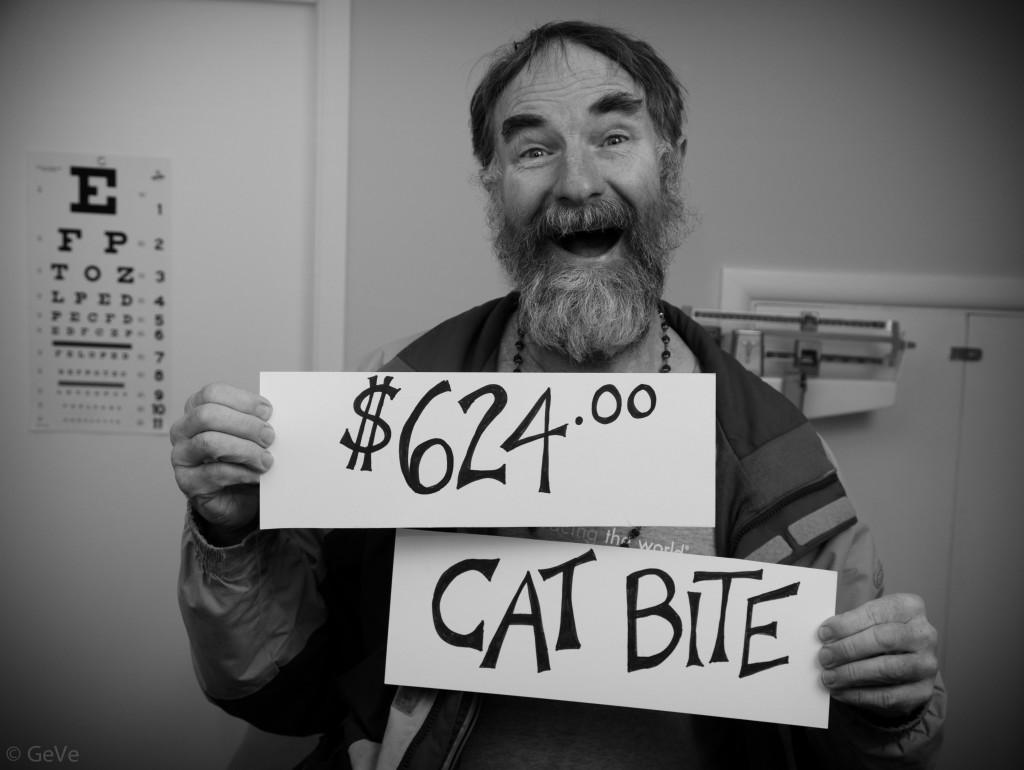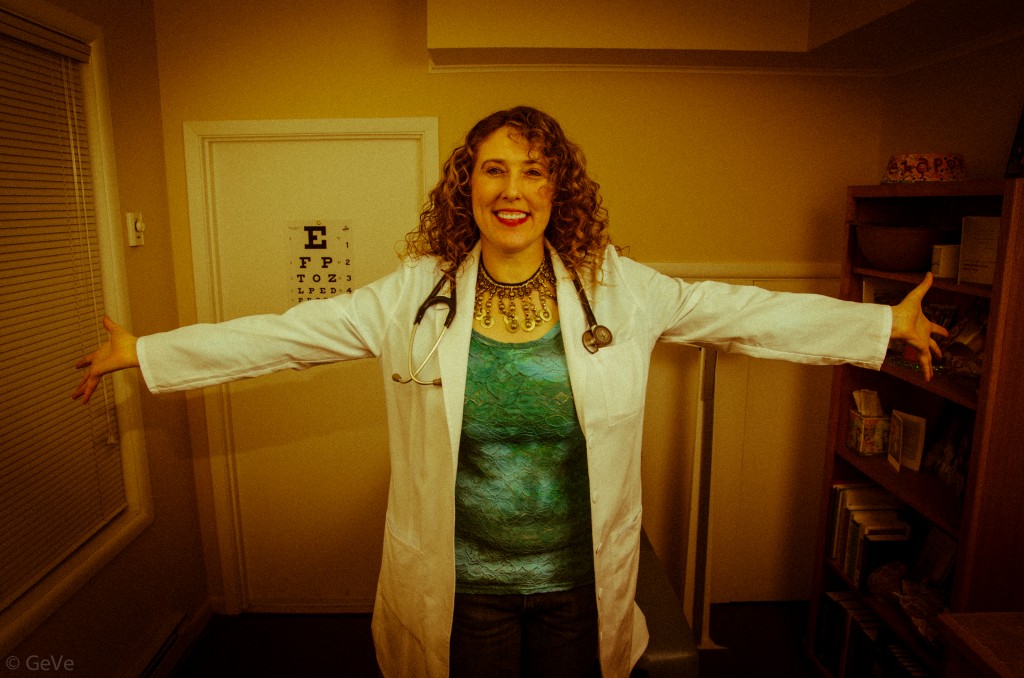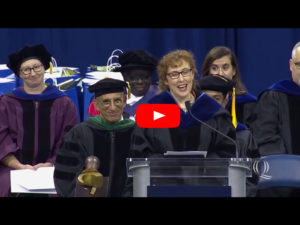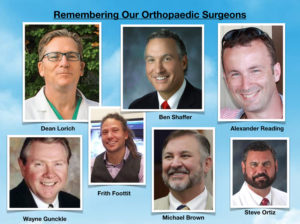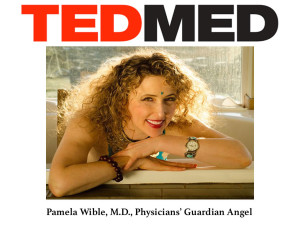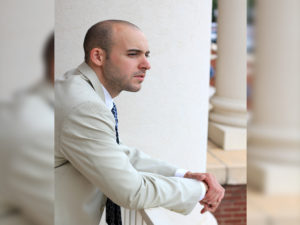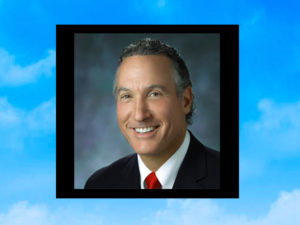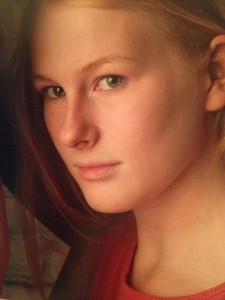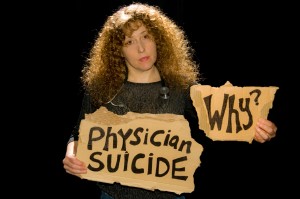So you think your medicine is natural. Ever wonder what’s inside? A product can be labeled “natural” if the main ingredient is from an animal, plant, or mineral. Arsenic, horse urine, and cow brain are natural. But are they natural for you?
Here are four drugs whose origins may surprise you:
Insulin was discovered in 1922. Until the 1980s, all insulin was “natural”—collected from the pancreas glands of slaughtered cattle and pigs. Now we have a limitless supply of synthetic human insulin that works well for most people. Plus no risk of mad cow disease. Maybe human insulin is more natural for humans.
Estrogen was discovered in 1929. First on the market was Emmenin—estrogen from the urine of pregnant women. In the 1940s, human estrogen was replaced with a cheaper source—pregnant mares’ urine, Premarin, a combination of multiple horse estrogens. Although Premarin was the #1 prescribed drug in the United States during the 1990s, it’s now linked to cancers, strokes, and heart attacks. Today synthetic estrogens are derived from soy and yam extracts. They are bioidentical—identical in structure to human estrogen—and likely have similar health risks as other estrogens. So what’s natural? Factory-farmed horse urine? Yams in a lab? Or maybe a graceful menopause?
Thyroid pills are prescribed as either natural pig thyroid or synthetic human thyroid. Pig thyroid has been used for more than 100 years, while synthetic thyroid has been available since the 1950s. Today, pharmacies offer bioidentical thyroid hormones exactly as your body produces them. Recently, a Jewish woman with a history of domestic abuse wanted me to refill her “natural” thyroid. I asked her if it made sense for a battered Jewish mother to take slaughtered pig thyroid? She didn’t think so. Now she’s doing well on synthetic thyroid, which she considers more natural.
Melatonin—a hormone that regulates sleep—is secreted by the human pineal gland, located in the center of the brain. Melatonin was first isolated from bovine pineal gland in 1958. Supplements (available since the 1990s) are either synthetic human melatonin or “natural” from slaughtered cattle. Swallow the pineal gland from the center of a cow’s brain if you like. But why risk mad cow disease and bad karma when your own pineal gland secretes melatonin right into your bloodstream? Your pineal gland produces ten times more melatonin at night than during the day and what’s leftover is excreted through your urine. If you want a 100%-natural melatonin supplement, follow the ancient practice of Indian yogis and drink your first-morning urine prior to meditation or just before your next power nap. Yum. Still confused about what’s natural for you? Let’s ask our consultants:
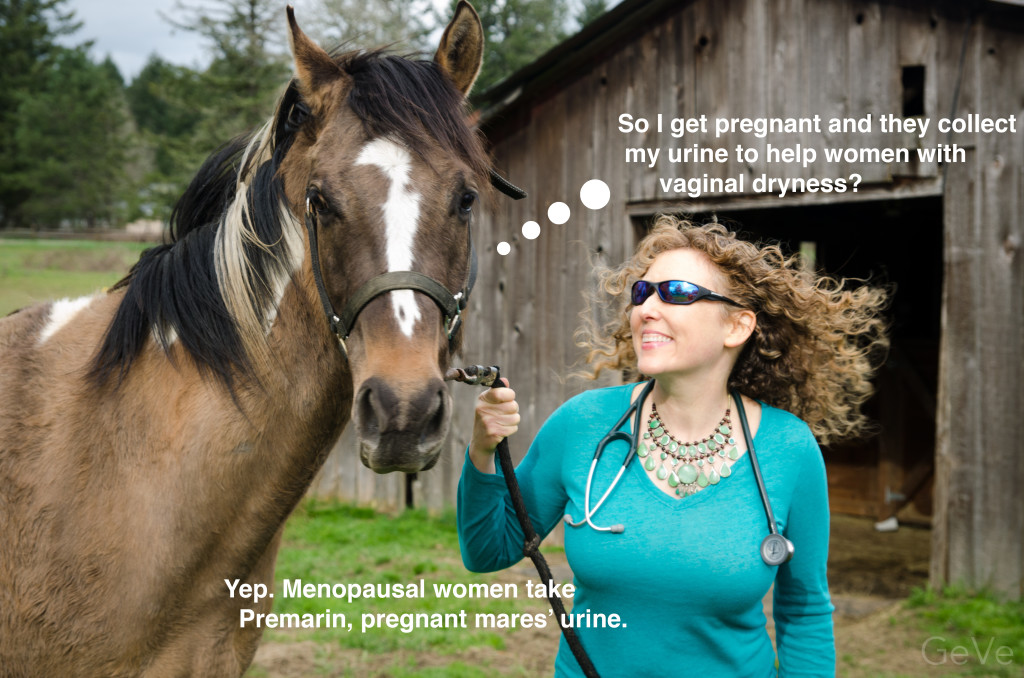
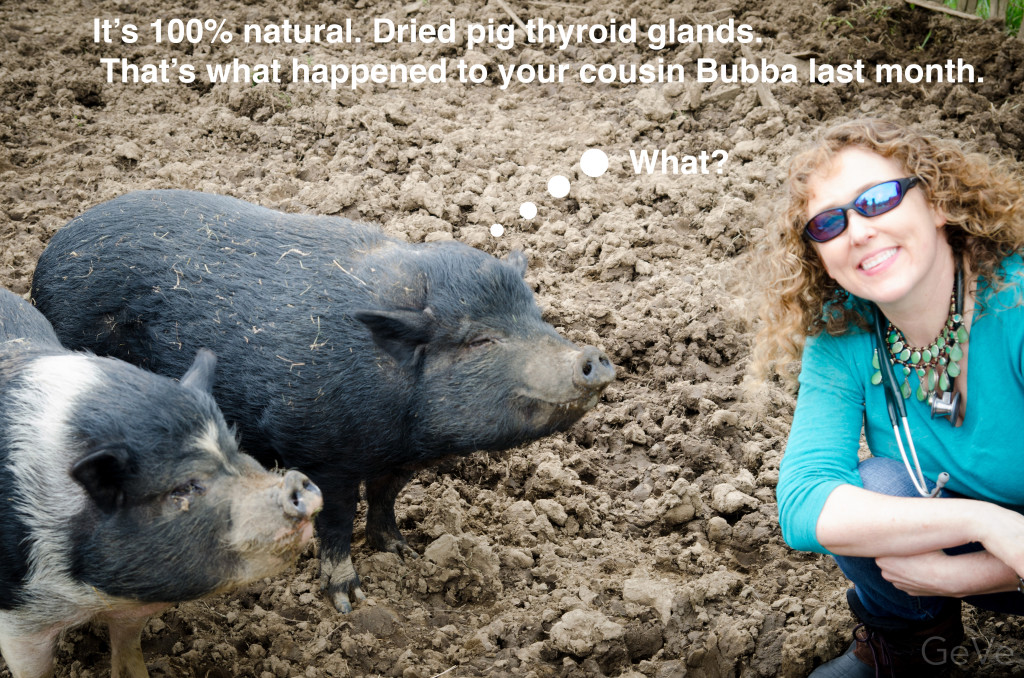
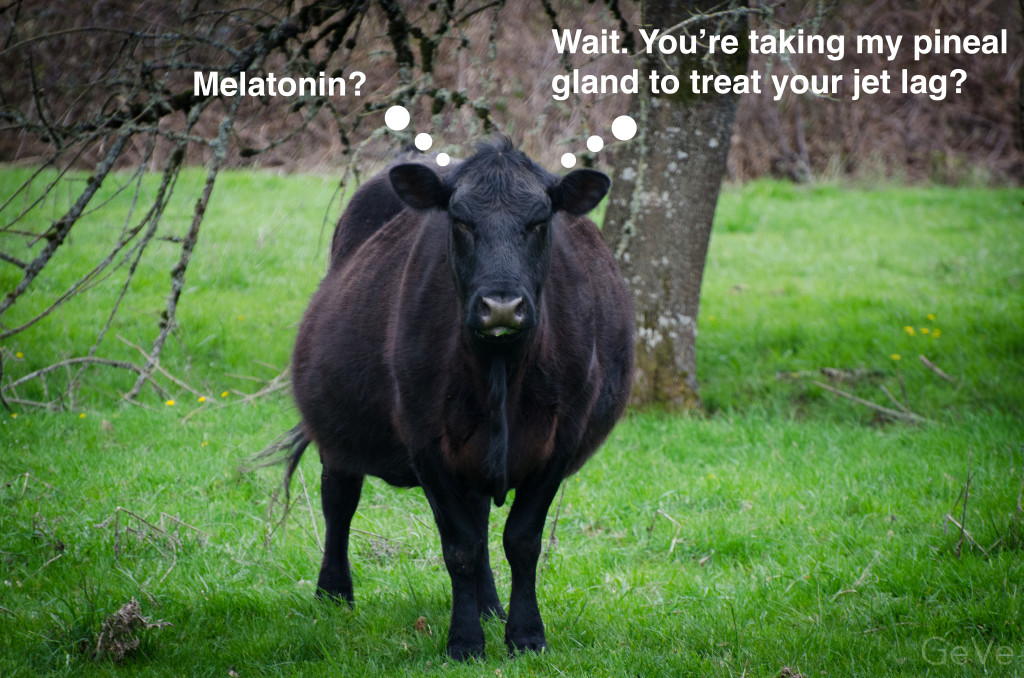 Pamela Wible, M.D., is a family physician in Eugene, Oregon, and author of Pet Goats & Pap Smears. Watch her TEDx Talk “How to Get Naked with Your Doctor.” Photos by Geve.
Pamela Wible, M.D., is a family physician in Eugene, Oregon, and author of Pet Goats & Pap Smears. Watch her TEDx Talk “How to Get Naked with Your Doctor.” Photos by Geve.

